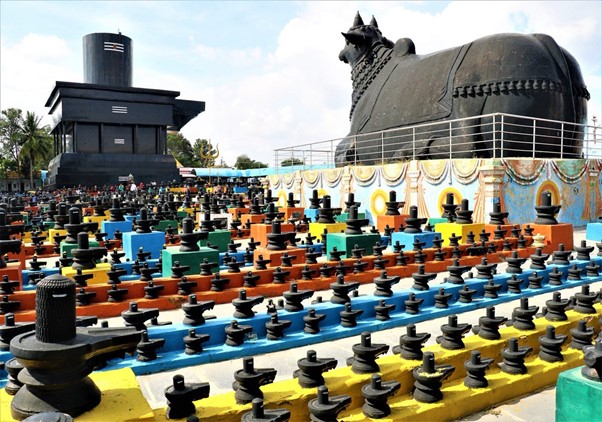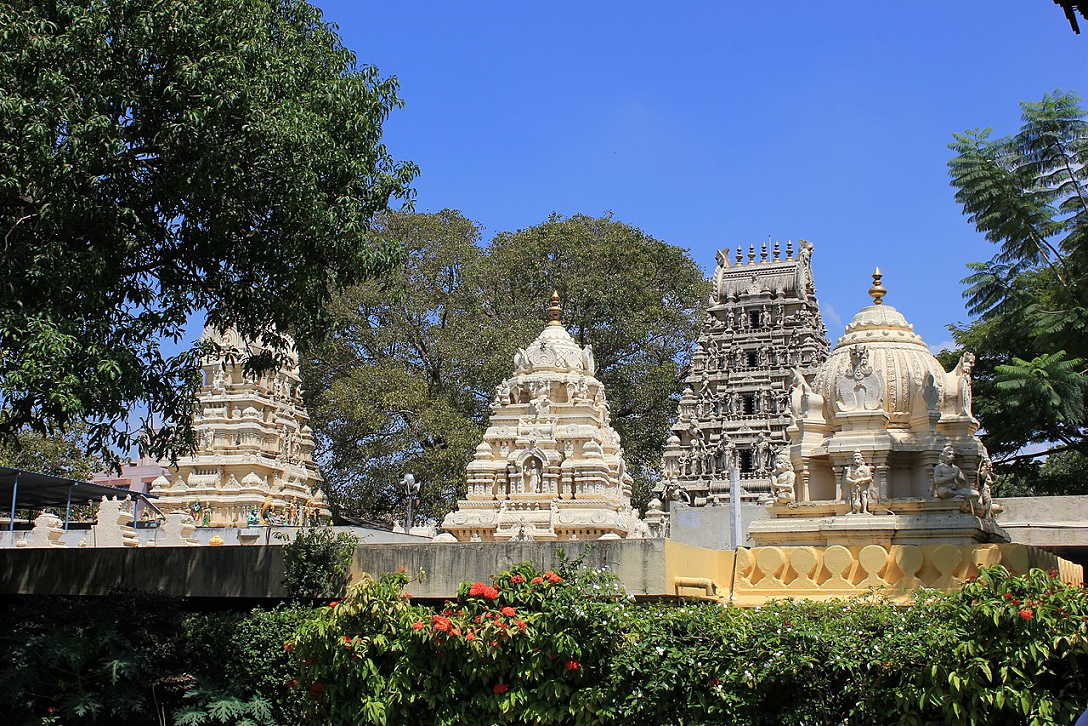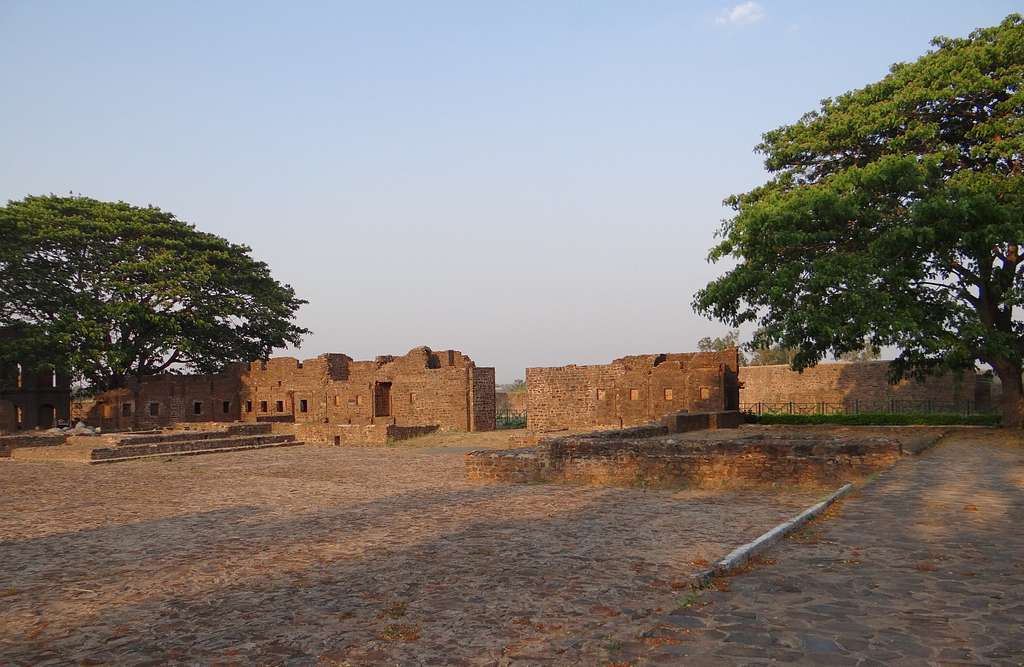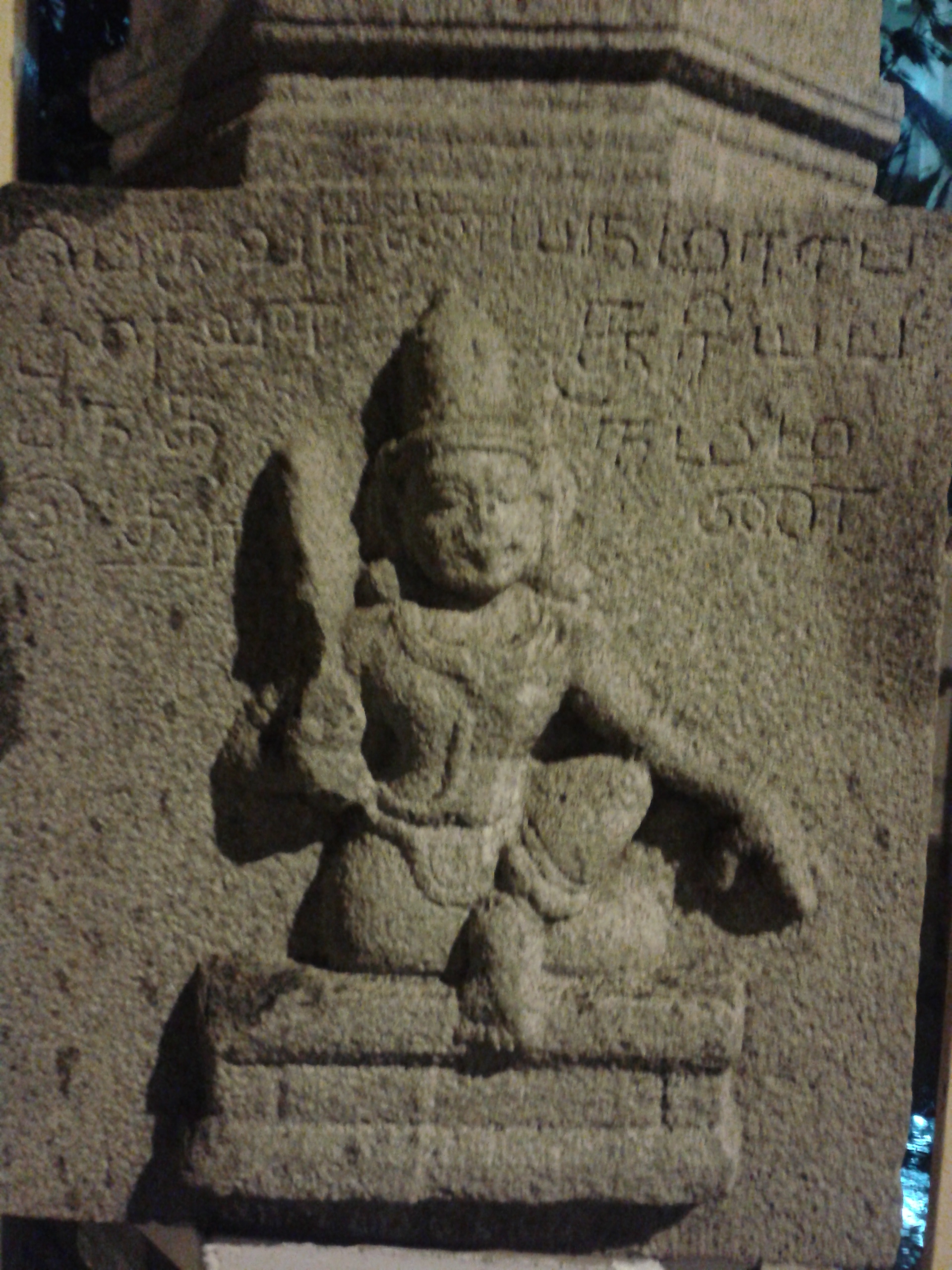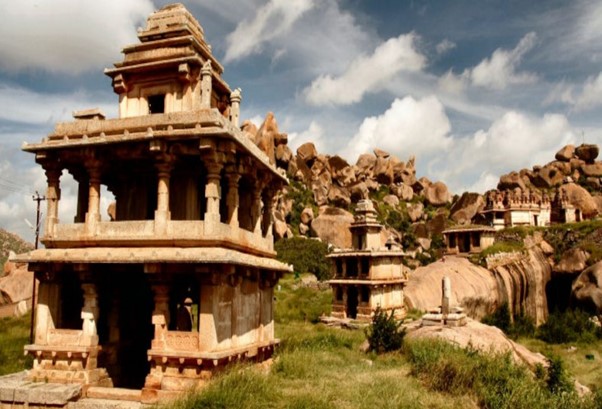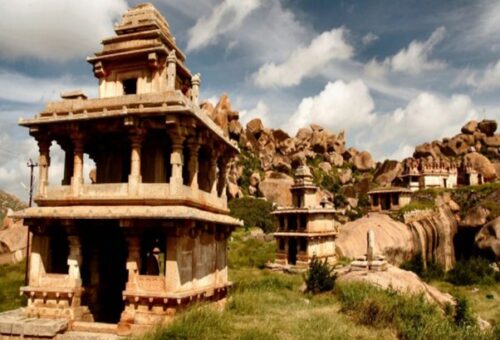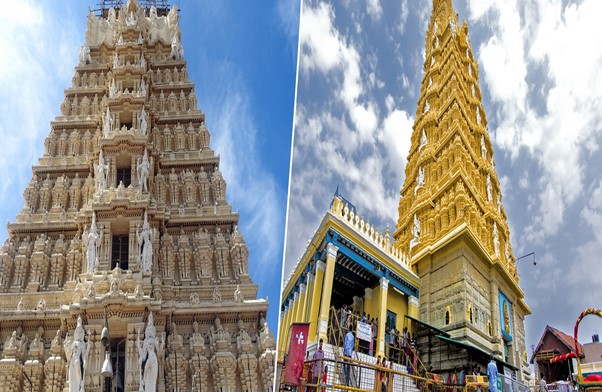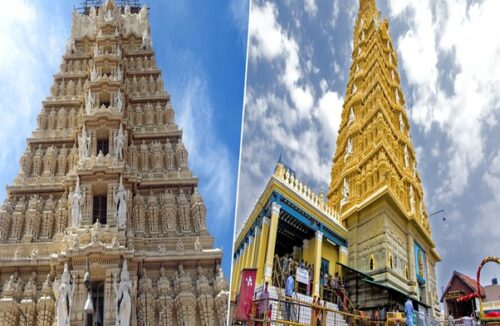Koti Lingeshwar (Kotilingeshwara) Temple- Legend, Architecture, and Popular Festivities and Rituals!
The Koti Lingeshwar Temple, also known as the Kotilingeshwara Temple, is a popular religious destination located in the village of Kotilingeshwara in the Karnataka state of India. The temple is dedicated to the Hindu deity Shiva and is known for its massive size and the large number of lingams (a symbol of Shiva) that can be found within its premises.
The Kotilingeshwara Temple is believed to have been built in the 11th century and has since become a major pilgrimage site for Hindus from all over the country. The temple is known for its massive size, with its main lingam standing at a height of 108 feet, making it one of the tallest Shiva lingams in the world.
So, today in this article, let’s learn more about the history of the Kotilingeshwara temple, its architecture and some of the popular festivals and rituals celebrated here!
Legend of the Kotilingeshwara Temple
The Kotilingeshwara Temple in Karnataka, India, is a place of great significance to Hindus. It is a testament to the power of faith and the transformative nature of devotion. At the heart of the temple’s legend is Bhakta Manjunatha, a Shaiva Hindu Brahmin who was once an atheist. However, a series of events in his life would eventually lead him down a path of spiritual enlightenment.
One of these events was a visit to a temple dedicated to Lord Shiva, the Hindu deity known as the destroyer and transformer. While there, Manjunatha had a profound experience that moved him deeply. In the aftermath of this visit, he felt a strong desire to atone for any past misdeeds and dedicate himself fully to the worship of Lord Shiva.
This desire took the form of a vow to create ten million lingas, which are stone or metal representations of the deity. Legend has it that Manjunatha worked hard to keep his promise and eventually made the right number of lingas. The temple that now stands at the site of this devotion is named Kotilingeshwara, which means “one crore lingas” in honor of Manjunatha’s achievement.
It’s a good way to remember how faith can change things and how strong devotion becomes over time. Today, the Kotilingeshwara Temple is a place of pilgrimage for Hindus from all over the world. It is a sign of spiritual renewal and a sign that religion has had the power to change people’s lives for the better for a long time!
The Kotilingeshwara Temple has an Impressive Architecture!
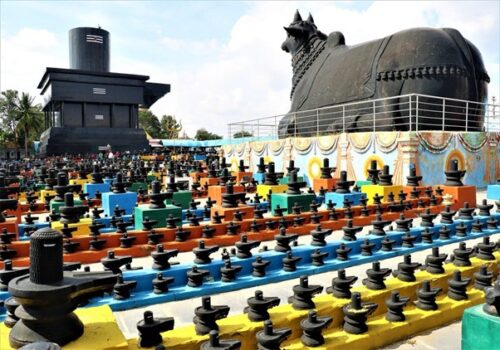
The Kotilingeshwara temple complex is home to two temples, the first of which houses the deities Brahma, Vishnu, and Maheshwara. The second temple is the main temple, and it is here that the majority of the complex’s impressive features can be found. The temple was constructed in 1980 by Swami Sambha Shiva Murthy and his wife V. Rukmini.
It originally had pancha lingas and then 101 lingas, which were later increased to 1001 Shivalingas. In 1994, a massive 108-foot Shivalinga called the “Narmada Banam” was installed at the temple. This impressive structure towers over the complex, a testament to the devotion of those who built it. In addition to the massive Shivalinga, the temple also has an idol of Lord Nandi on a platform that is 60 feet long, 40 feet wide, and 4 feet high.
This impressive statue is a sight to behold, and it serves as a reminder of the power and majesty of the Hindu deities. The temple also has a sacred Nagalinga tree, where people pray for their wishes. This tree is believed to have special powers and is a popular place for devotees to offer their prayers. The two courtyards of the temple are connected by a corridor and contain Shivalingas painted with colors.
The stunning architecture of the temple complex makes these courtyards a beautiful and peaceful place to walk around and think. Overall, the Kotilingeshwara Temple is a truly impressive place, both in terms of its architecture and the devotion of those who built it. It is a must-see for anyone interested in Hinduism and the beauty of traditional temple architecture.
Rituals and Festivals Celebrated at the Kotilingeshwara Temple
The Kotilingeshwara Temple is home to a wide array of festivities and rituals!
One of the most significant rituals celebrated at the Kotilingeshwara Temple is the Maha Shivaratri festival. This festival is held annually in honor of Lord Shiva and involves a night of fasting, prayer, and devotion. Thousands of people go to the temple every day to pray and ask the Lord for his blessings.
Another important festival celebrated at the temple is the Kartik Purnima, which falls on the full moon day of the Hindu month of Karthika. On this day, people pray to Lord Shiva and light lamps to ask for his blessings and guidance.
In addition to these major festivals, the temple also hosts a variety of other rituals and ceremonies throughout the year. These include the Anna Prasadam, a food offering made to Lord Shiva, and the Abhisheka, a ritual in which devotees pour milk and other holy substances over the lingam as an act of devotion.
How to reach the Kotilingeshwara Temple?
The Kotilingeshwara Temple is a popular destination for devotees and tourists alike, located in the town of Kolar in the Indian state of Karnataka. If you’re planning a visit to this holy site, there are several options for getting there.
- By Air: The nearest airport to Kolar is Bangalore Kempegowda Airport, which is located about 100 km away. From the airport, you can hire a taxi or take public transport to Kolar. The journey takes about 2.5 hours by road.
- By Rail: Kolar is well connected to the rail network, with trains running from Bangalore, Mangalore, Hassan, and Hubli. This is a convenient option for those coming from these cities.
- By Road: If you prefer to drive, Kolar can be reached by road from Bangalore in about 2 hours. The drive is a beautiful one, passing through lush green farmlands on either side of the road.
Whichever mode of transport you choose, the Kotilingeshwara Temple is easily accessible and well worth the journey. So, pack your bags and get ready to visit this holy site and experience the spiritual peace and tranquility it has to offer.
Kotilingeshwara Temple Timings
The Kotilingeshwara Temple is open seven days a week, from 7:00 a.m. to 9:30 p.m. This means you can visit the temple anytime between these hours, regardless of the day of the week. The temple is open for a total of 14.5 hours every day, giving you plenty of time to explore the temple and experience its peaceful atmosphere.
It’s worth noting that the temple may be busier at certain times of the day, particularly during the morning and evening hours when many people come to offer their prayers. If you want to avoid the crowds, it might be a good idea to visit the temple during the afternoon.
Overall, the Kotilingeshwara Temple is a wonderful place to visit and offers a unique spiritual experience. Make sure to plan your visit during the temple’s operating hours so you can fully enjoy all that it has to offer!


